Impact tests on satellite tanks
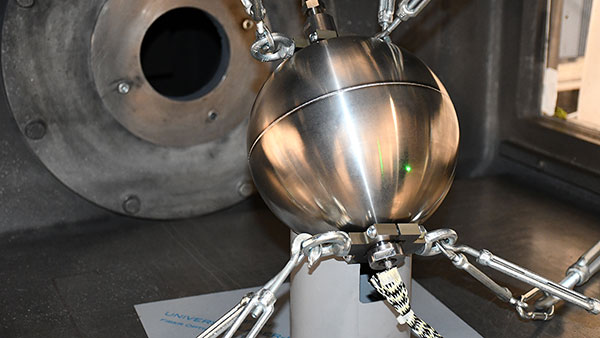
Propellant tank explosions are a major source of space debris. Simulations help to better understand critical failure conditions.

Propellant tank explosions are a major source of space debris. Simulations help to better understand critical failure conditions.
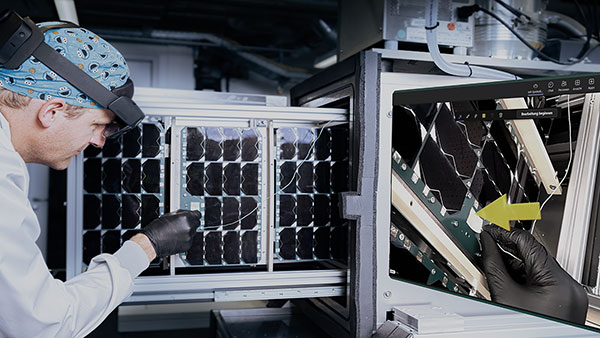
NeT pioneer: on the way to the NewSpace test lane
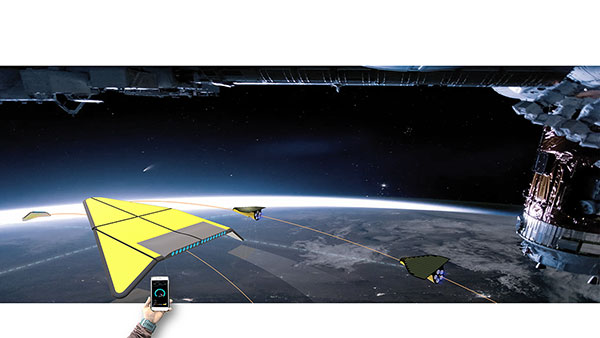
Four Fraunhofer institutes are pooling their expertise to develop robust, sustainable and economical solutions for Earth observation and communication. A new EMI branch office is being established in Würzburg for this purpose.
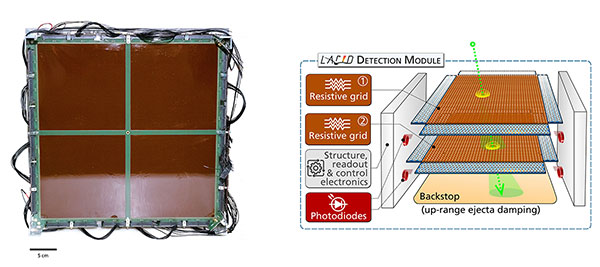
Small space debris can severely damage satellites, but is difficult to observe. Fraunhofer EMI has developed a concept for ESA that records the speed, trajectory and size of tiny pieces of debris.
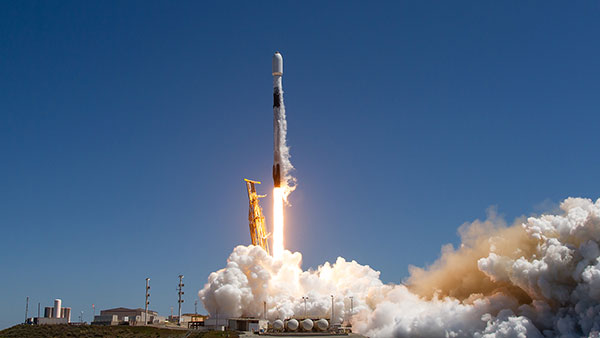
ERNST is the first satellite developed by Fraunhofer. The small satellite has been orbiting the Earth since August and provides valuable data for research.
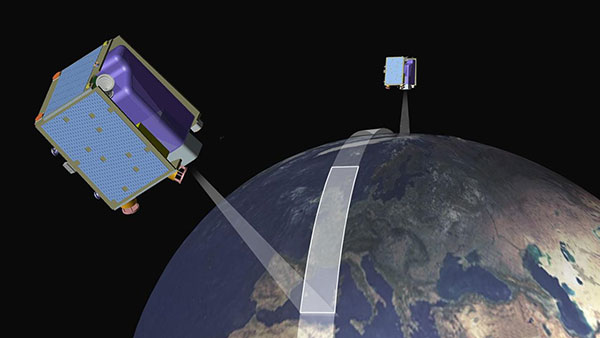
Satellite constellations are essential for independent capabilities in Earth Observation, communication and navigation. Germany has some catching up to do – but Fraunhofer is driving the development of a powerful European infrastructure with innovative research and strong partners.
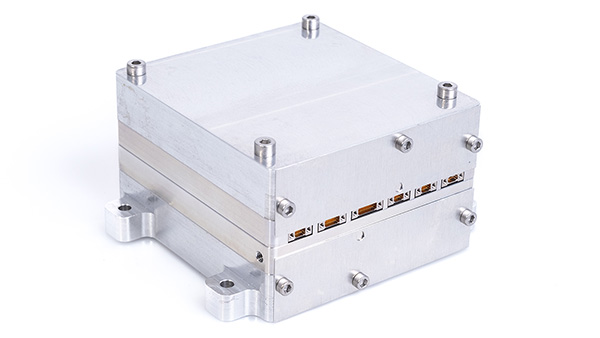
Fraunhofer EMI supplies the data processing system for the upcoming HiVE satellite mission of constellr GmbH.
HiVE mission: a satellite constellation project for precise Earth observation
Following on from the successful LisR mission, constellr GmbH is currently preparing the “High precision Versatile Ecosphere” (HiVE) mission. The constellation of microsatellites will begin with the launch of the first satellite at the end of 2024.
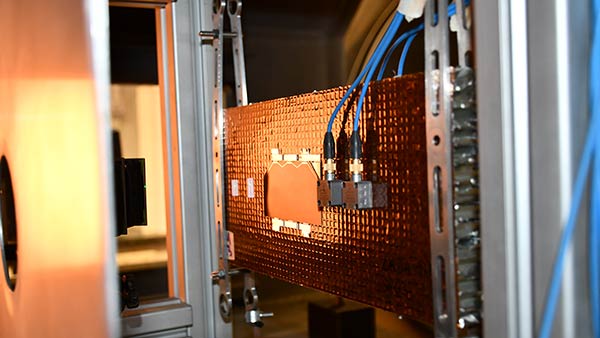
Verification of new space technology on the Space Gun
In 2023, Fraunhofer EMI used its unique accelerator facilities to conduct numerous experiments to investigate the effects on space components.
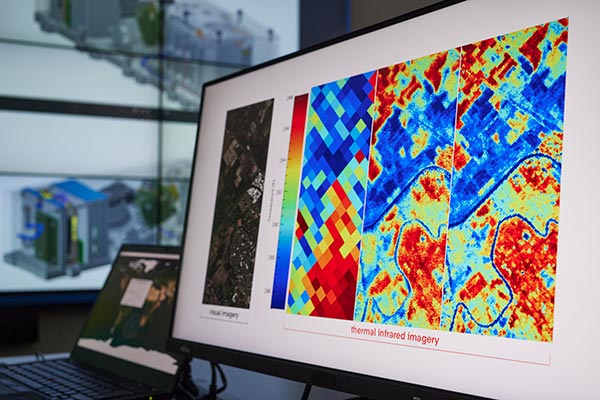
How the “Longwave infrared sensing demonstratoR LisR” supports agriculture in the efficient use of water resources.
Water is a scarce commodity and will become even more precious in future due to the growing world population. It is therefore essential to no longer irrigate plants on the basis of estimates, but rather in a targeted manner according to their respective needs.
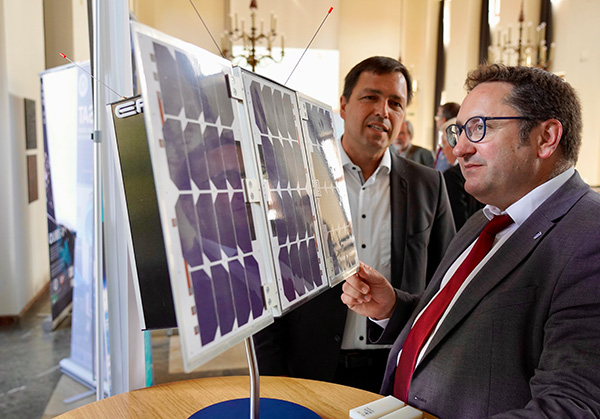
Together with project partners, Fraunhofer EMI is investigating how small satellites can be manufactured more cost-effectively and more quickly. The focus is on innovative materials, manufacturing processes and coating methods, concepts for production-ready manufacturing processes and automated qualification tests.
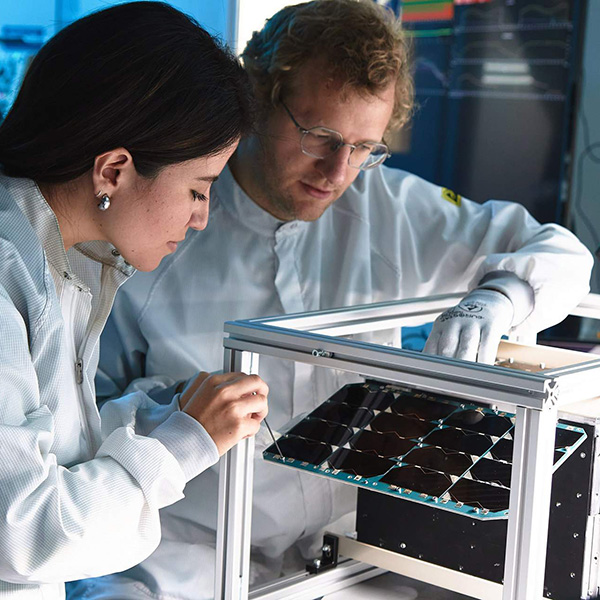
Fraunhofer's first research satellite »ERNST« was launched into space from California on 16 August 2024. The mission of the small satellite: It is to test new technologies under space conditions and investigate whether small satellites the size of shoeboxes can also be used to detect rocket launches.
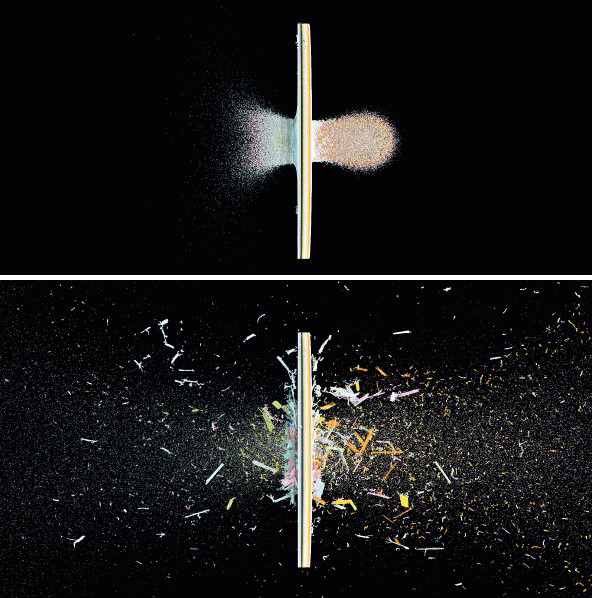
The impact of a piece of space debris and an orbiting satellite usually results in the breakup and fragmentation of the satellite into thousands of new fragments of space debris. This complex phenomenon is being studied with a unique type of numerical simulation based on millions of small particles.
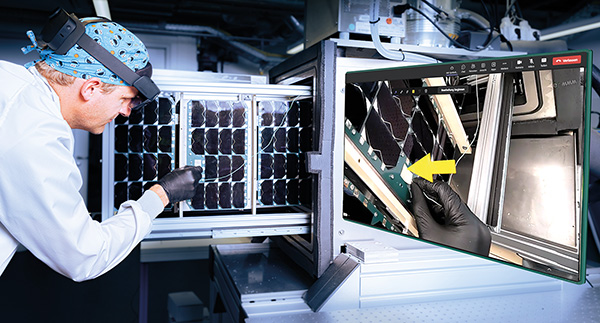
Advanced automation of satellite integration, test campaigns and operations is becoming a key factor in the New Space domain. Augmented reality can maximize the level of telepresence for complex remote assistance tasks.
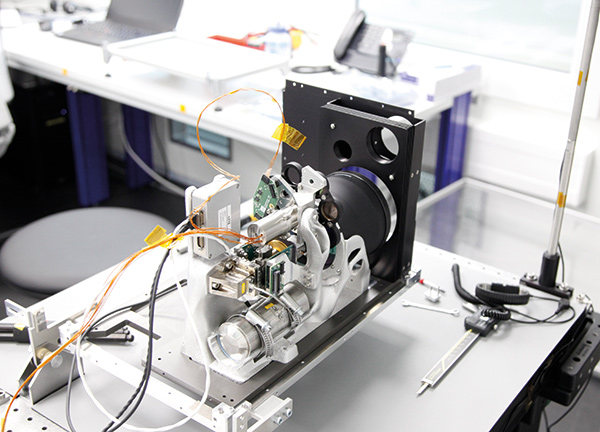
While we completed the ERNST flight model and prepared it for acceptance testing in 2022, we face a delay of the launch to 2024.
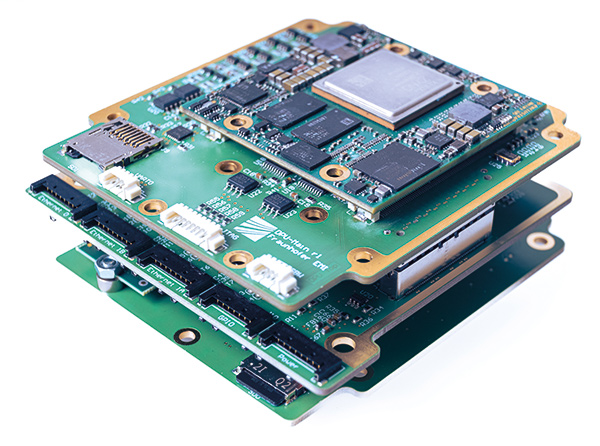
Following the successful demonstration of EMI’s data processing technology on the International Space Station, the next generation is now on the horizon.
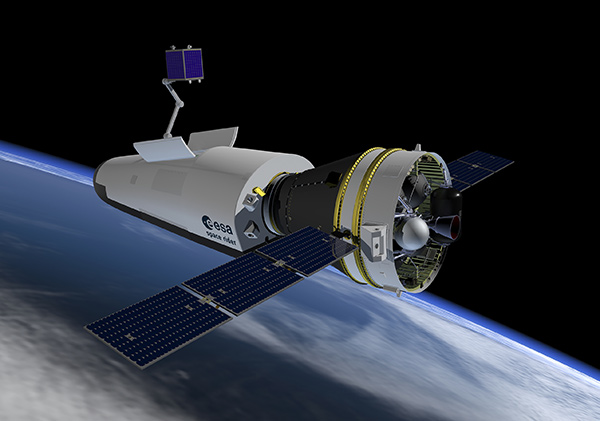
Fraunhofer EMI contributes to the ESA’s Space Rider re-entry design with hypervelocity impact tests and impact damage modeling.
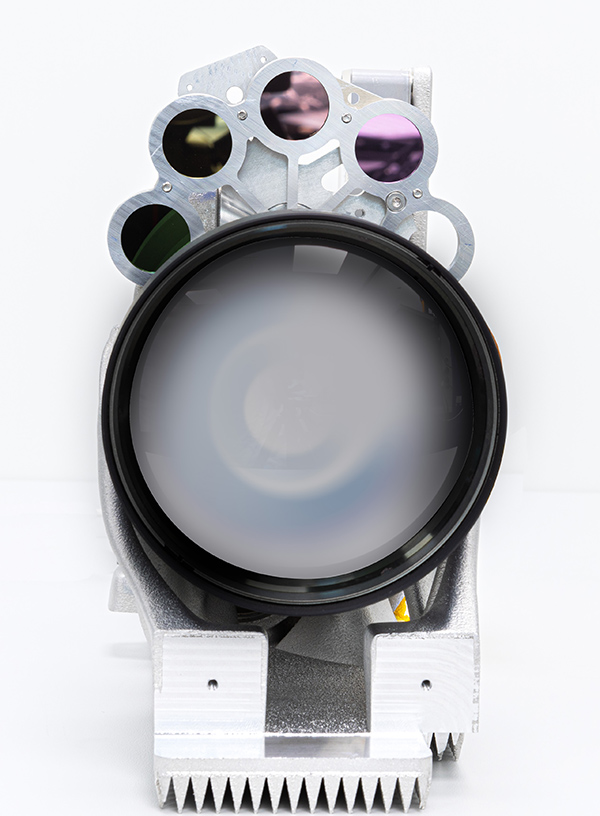
The development of the ERNST nanosatellite is entering the final phase in 2022 with the integration, testing and delivery of the flight model.
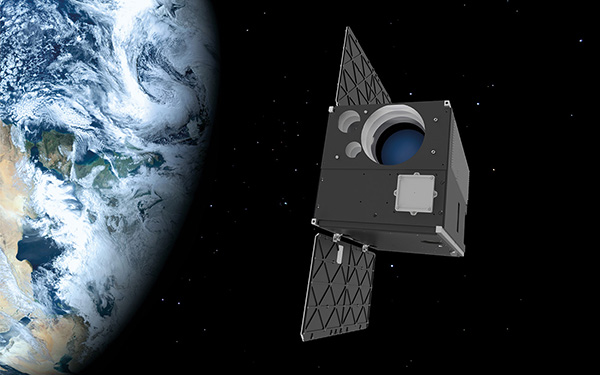
The Fraunhofer EMI is developing he nanosatellite ERNST to demonstrate the potential of CubeSat-based small satellites for ambitious Earth observation tasks. Following the successful verification of the engineering qualification model, the critical design review marked the transition to the production and testing phase of the ERNST flight model, which is scheduled for launch in June 2022.
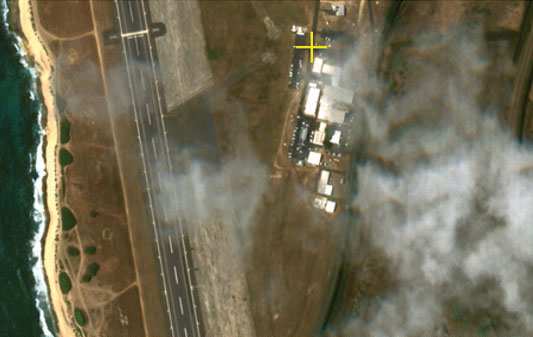
In the Micro Satellite Military Utility Project Agreement (MSMU PA) project, which is performed under the umbrella of the Responsive Space Capability Memorandum of Understanding (RSC MoU), Fraunhofer EMI investigates the military utility of small satellites for the German Federal Armed Forces in cooperation with nine partner countries.
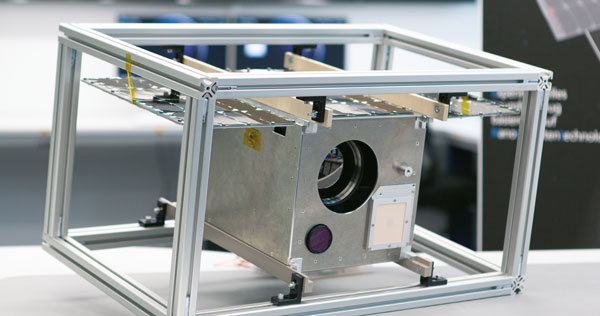
Fraunhofer EMI is currently developing the first Fraunhofer satellite ERNST. ERNST is a 12U nano-satellite that will demonstrate the potential and agility of this satellite class for the German Federal Armed Forces with a kryo-cooled infrared payload.
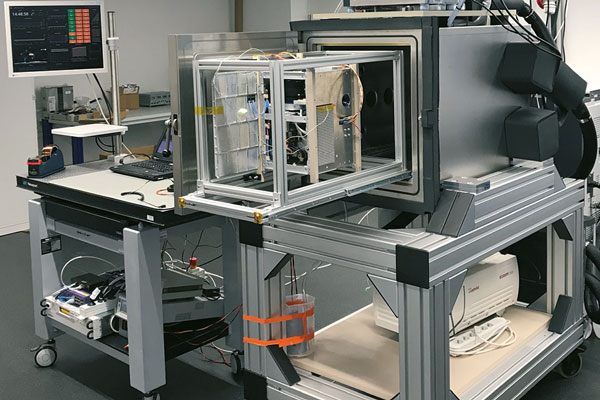
In the space sector, Fraunhofer EMI stands for comprehensive and high-quality experimental and numerical simulations of hypervelocity impact pro-cesses such as the ones occurring during collisions of space debris with spacecraft or of asteroids and planetary surfaces. As part of our activities regarding small satellites, we have expanded our test spectrum for space qualification for components and CubeSats.
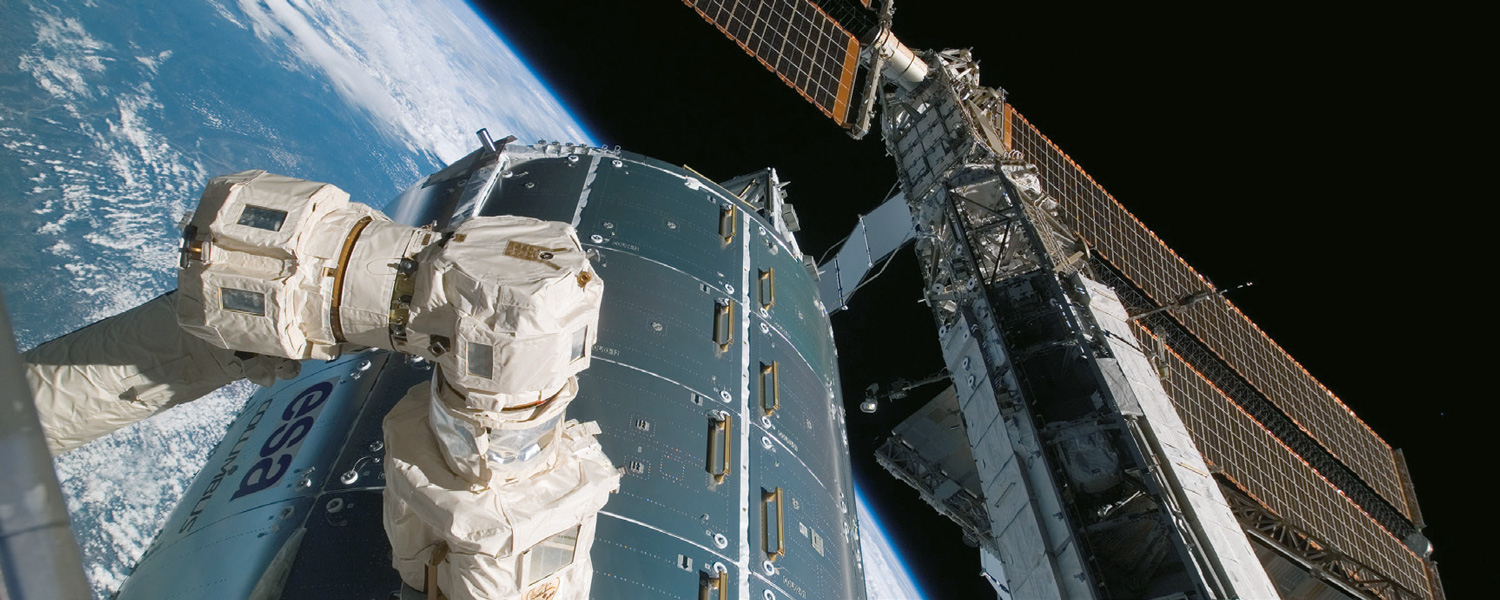
The Columbus module of the International Space Station (ISS) has been orbiting Earth since 2008. Natural micrometeoroids and anthropogenic space debris are impacting the module ever since. Columbus is well protected against this threat, because the meteoroid and debris protection system (MPDS) has been developed and tested at EMI.
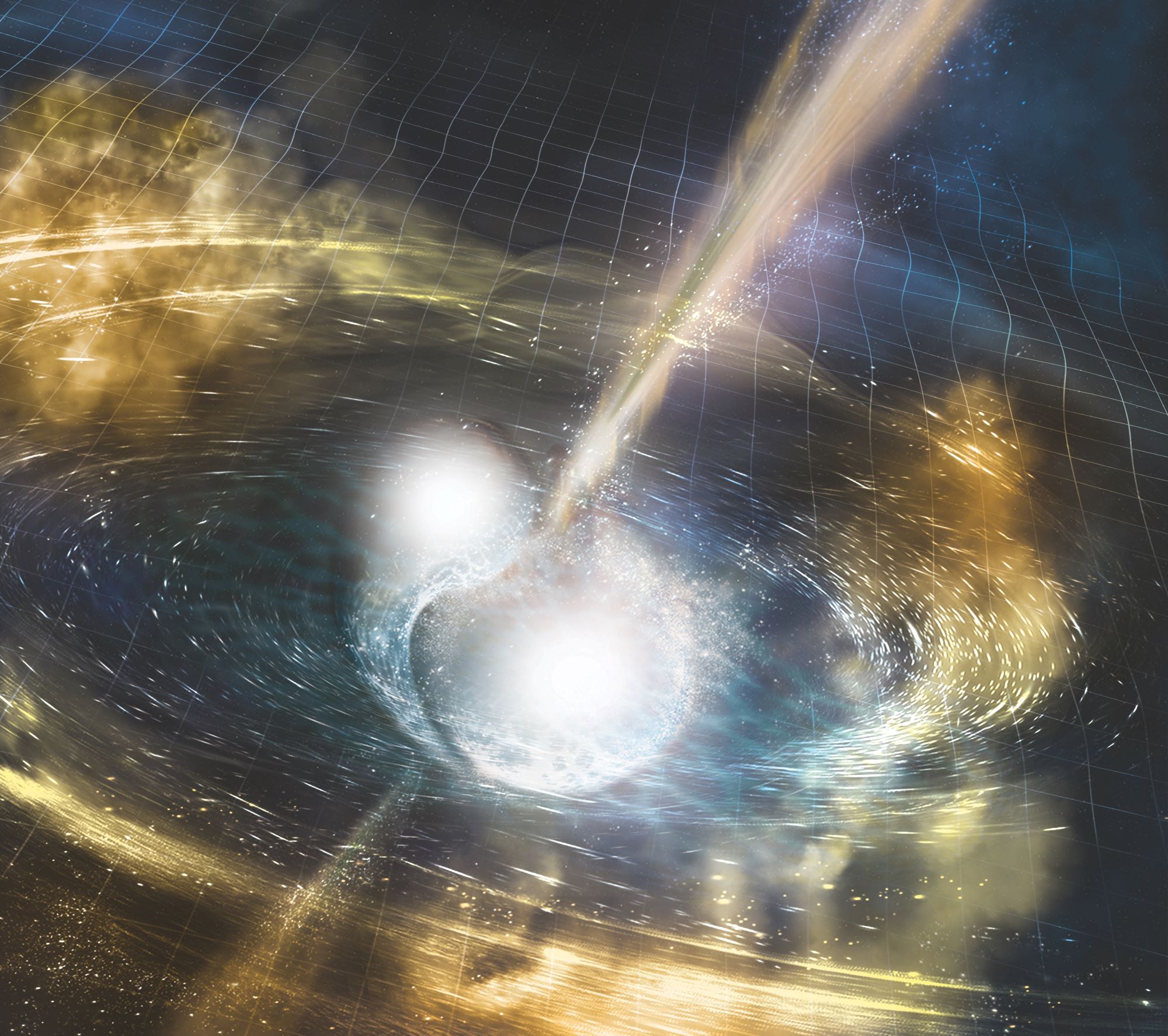
Hypervelocity impacts on spacecraft surfaces cause fragments to be ejected. The fragment tracking method developed at Fraunhofer EMI allows detailed measurements of the properties of these fragments for the first time. The model developed shall be used to predict the influence of the space particle environment on the orbit and attitude of satellites.
The EMI data processing unit (DPU) features the latest generation of FPGA-based processors and allows high-performance image processing onboard small satellites.

Fraunhofer EMI experimentally analyzes the protective shield concept for the planned chinese space station TianGong.
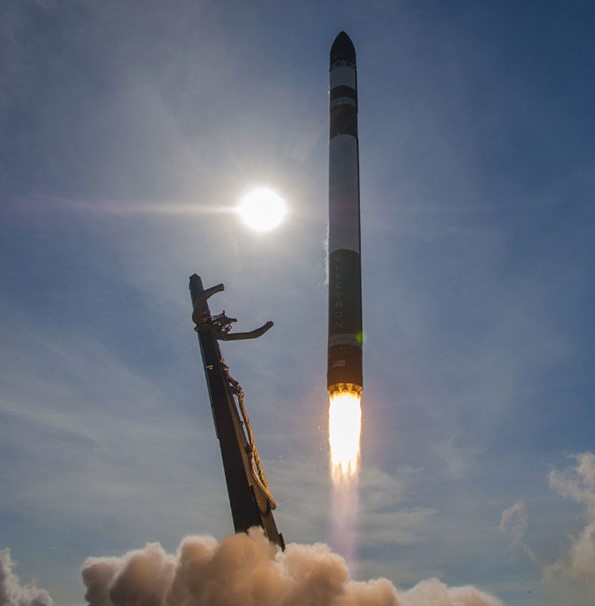
Satellites have to be removed from orbit after the end of mission. In this case, a satellite requires a de-orbiting device for the maneuver. At EMI, we are developing such a device for our nanosatellite ERNST.
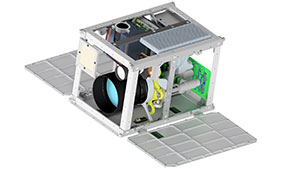
The space technology industry is currently undergoing major changes, which are termed “New Space” by its protagonists. These changes, propelled by considerable private investments, include the implementation of large constellations of small serially produced satellites.
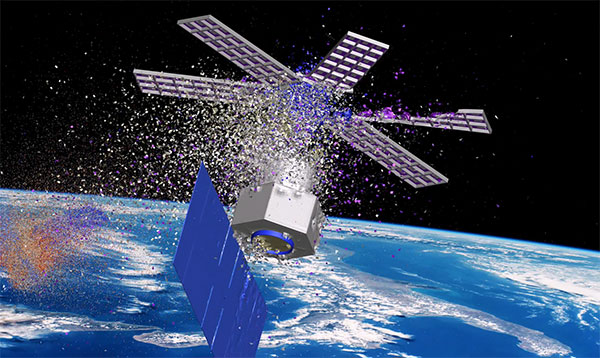
Space debris moves at a high orbital speed and presents a destructive risk for satellites. For the risk assessment for space missions, simulation methods for tracking the amount of space debris are used that are based on empirical databases and estimations. At Fraunhofer EMI, numerical methods for the virtual simulation of complex collision events in orbit are developed in order to gain a better and more realistic understanding of the risks.
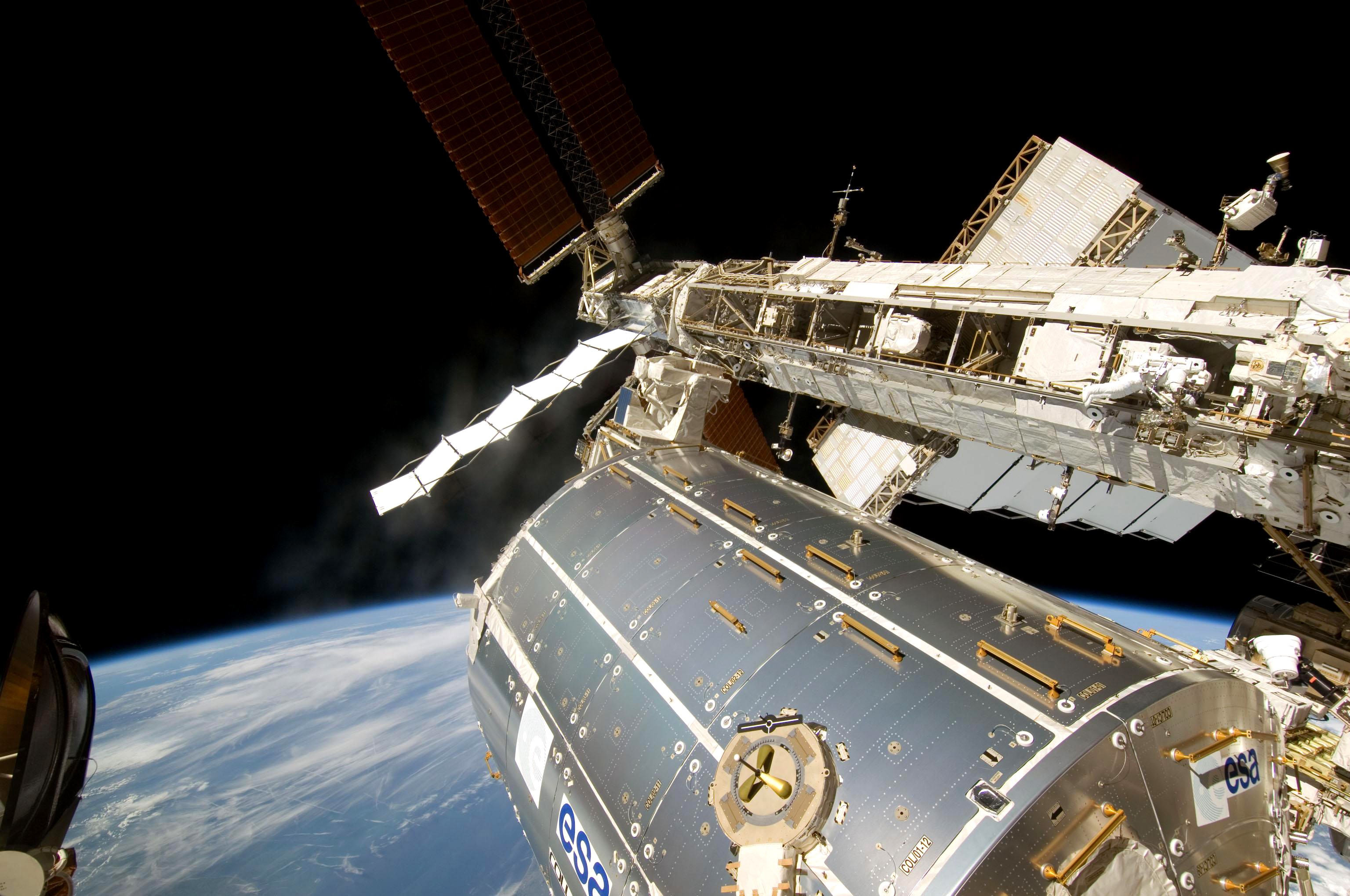
On September 5, and two weeks later on September 21 and 22, 2018, the outer hull of the Columbus module of the International Space Station (ISS) was visually inspected. These robotic camera screenings were the first systematic inspection since the module has been docked to the ISS more than ten years ago. The survey data will be utilized by Fraunhofer EMI and its project partners to improve our knowledge on the space debris population.